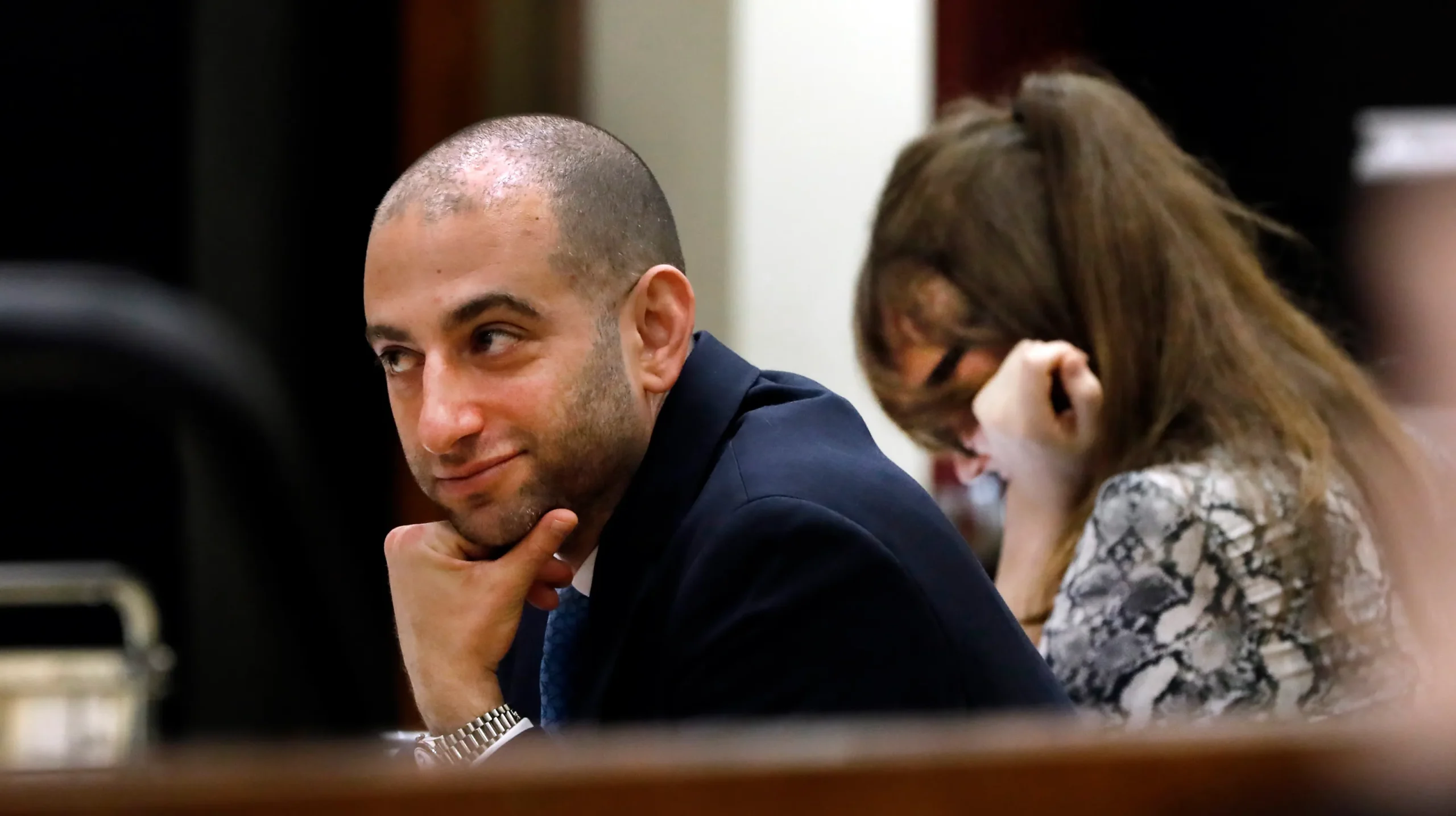Blog
How Number of Victims Impacts Sentencing in Counterfeiting Cases
Contents
How Number of Victims Impacts Sentencing in Counterfeiting Cases
Counterfeiting is a serious crime that impacts both companies and consumers. When people produce, sell, or distribute counterfeit goods, it not only hurts the company whose trademark is infringed, but also impacts consumers who may unknowingly purchase inferior or dangerous products.
Trafficking in Counterfeit Goods or Services Law
The main federal law used to prosecute counterfeiting crimes is 18 U.S. Code § 2320 – Trafficking in counterfeit goods or services. This law provides penalties based on how widespread the counterfeiting operation is:
- For individuals, up to $5 million in fines and 20 years in prison
- For companies/organizations, up to $15 million in fines

The law specifically allows for higher penalties as the number of victims increases. So both the number of trademarks infringed and the quantity of counterfeit goods can increase sentences.
DOJ Reporting Guidelines
The Department of Justice IP Reporting Guidelines instruct victims to provide information on the scale of counterfeiting operations. This includes:
- Quantity of counterfeit goods sold
- Sales figures for counterfeit goods
- Information on websites, accounts, and other infrastructure supporting counterfeiting
Federal prosecutors use this information to understand the breadth of counterfeiting operations. More victims and wider infrastructure generally leads to stricter sentences.
Case Examples
There are many examples of harsher sentences for larger-scale counterfeiting operations:
- An Oregon man received 4 years in prison for selling $1 million in counterfeit software.
- A New York woman was sentenced to 41 months for stealing over $1 million through a fake business proposal.
In contrast, smaller counterfeiting cases may only lead to 1-2 years in county jail. So the scale of victims and sales is clearly a major factor in sentencing.
State Laws
State laws, like California Penal Code 470-483, also increase penalties based on the total value counterfeited. Checks counterfeited totaling less than $200 is a misdemeanor, while larger totals become felonies with state prison sentences.
So both federal and state laws impose harsher sentences as the number of victims and total sales/losses increase. This reflects the greater harm done by larger counterfeiting operations.
Defenses and Mitigating Factors
While the scale of counterfeiting increases sentences, courts may also consider mitigating factors that could reduce sentences. For example:
- No knowledge goods were counterfeit – Some resellers may claim they didn’t know goods were counterfeit. This can reduce sentences if proven true.
- Played small role – Defendants who played smaller roles in counterfeiting conspiracies may get reduced sentences.
- No previous criminal record – First-time offenders may receive lighter sentences.
Judges have significant leeway to factor in mitigating circumstances. But increased harm to more victims is overwhelmingly viewed as justification for stricter sentences.
The Bottom Line
Counterfeiting penalties directly account for the scale of harm done. Laws and guidelines instruct prosecutors and judges to consider the breadth of counterfeiting operations based on number of victims, trademarks infringed, and total sales/losses.
While defenses may be raised to reduce sentences, large counterfeiting conspiracies essentially always receive stricter penalties. When the illegal operations victimize more people and companies, longer sentences are viewed as justified.







